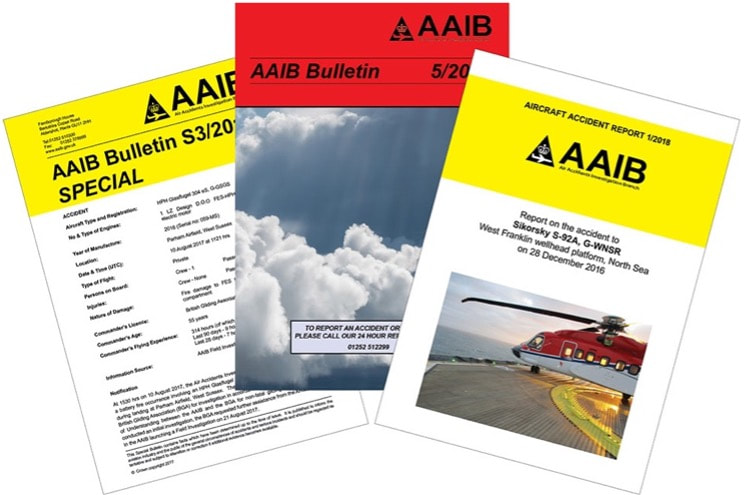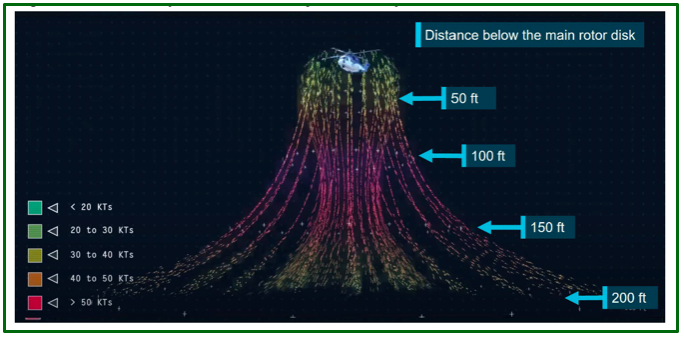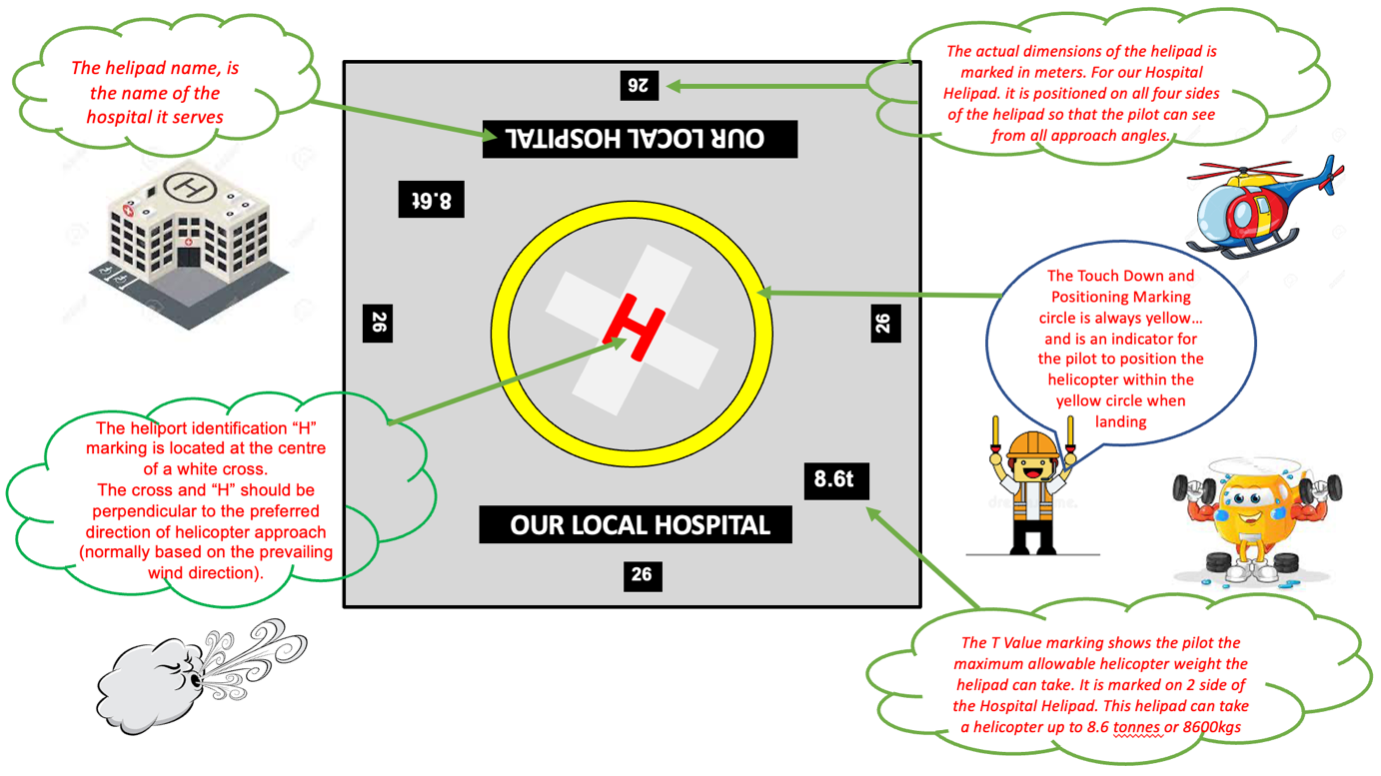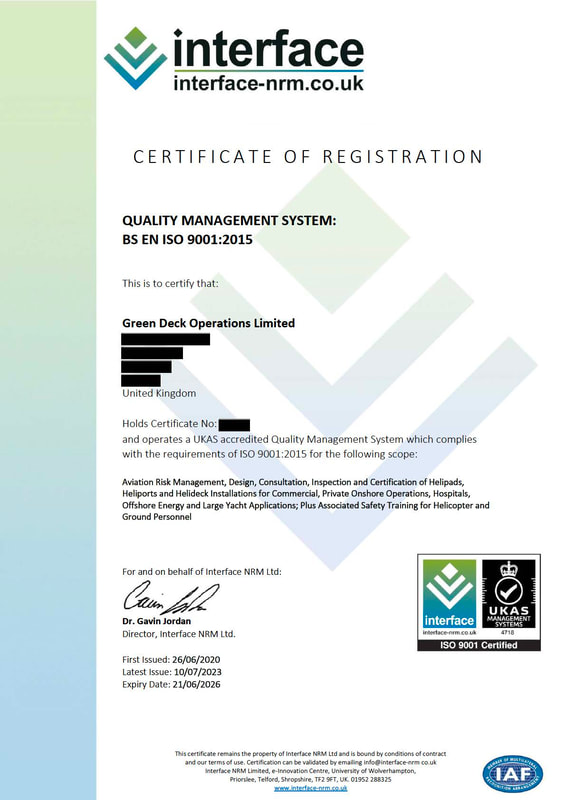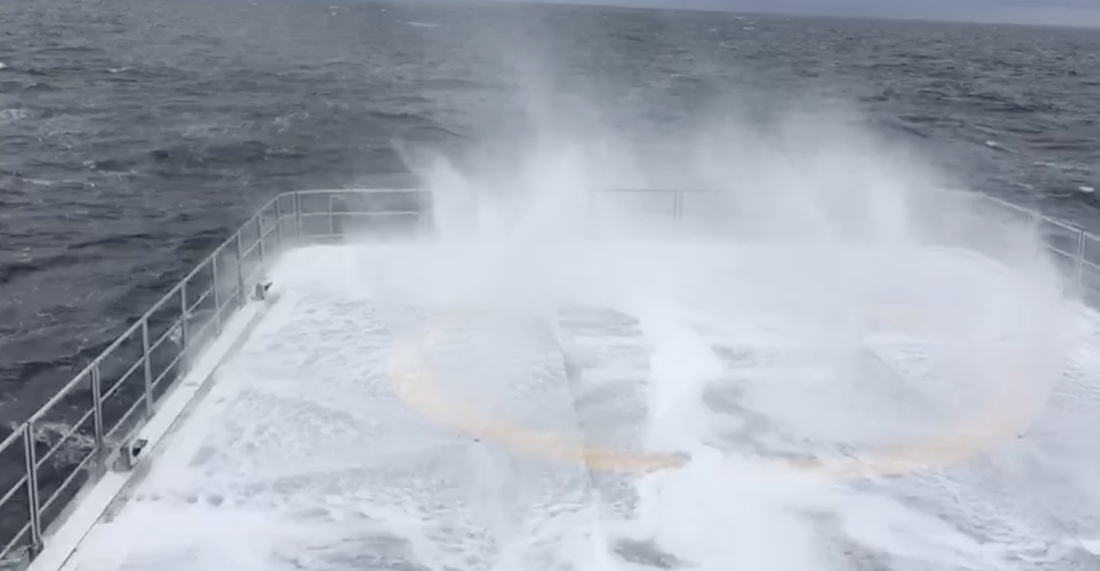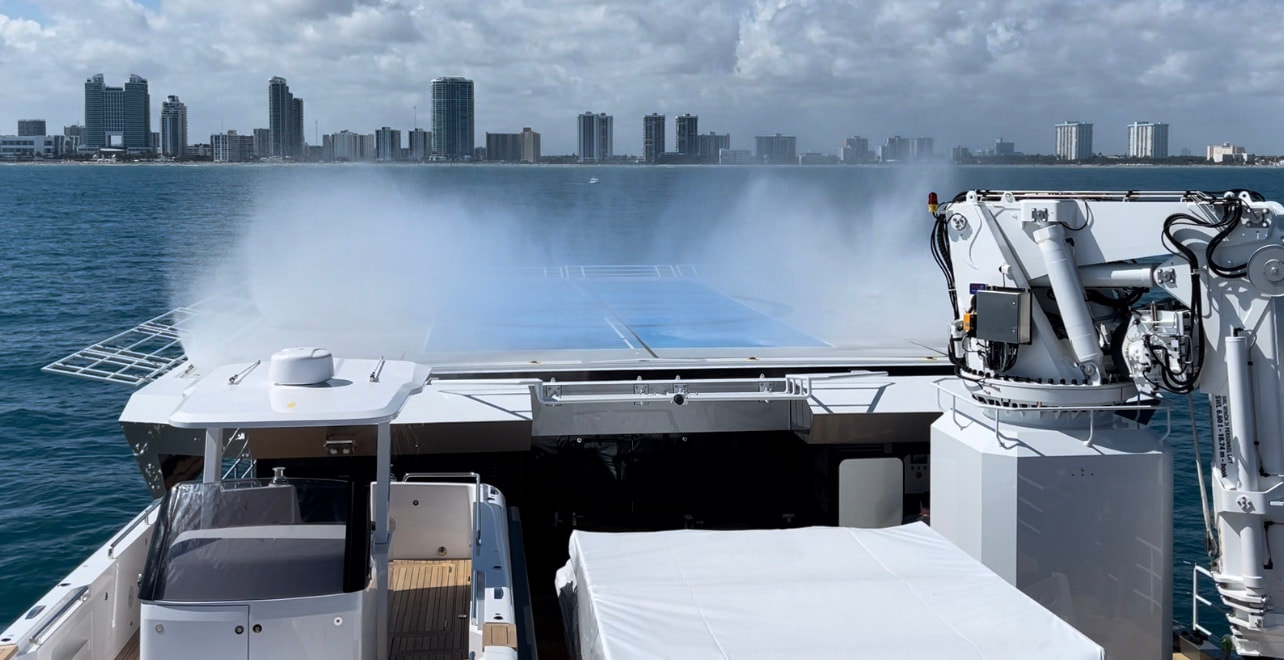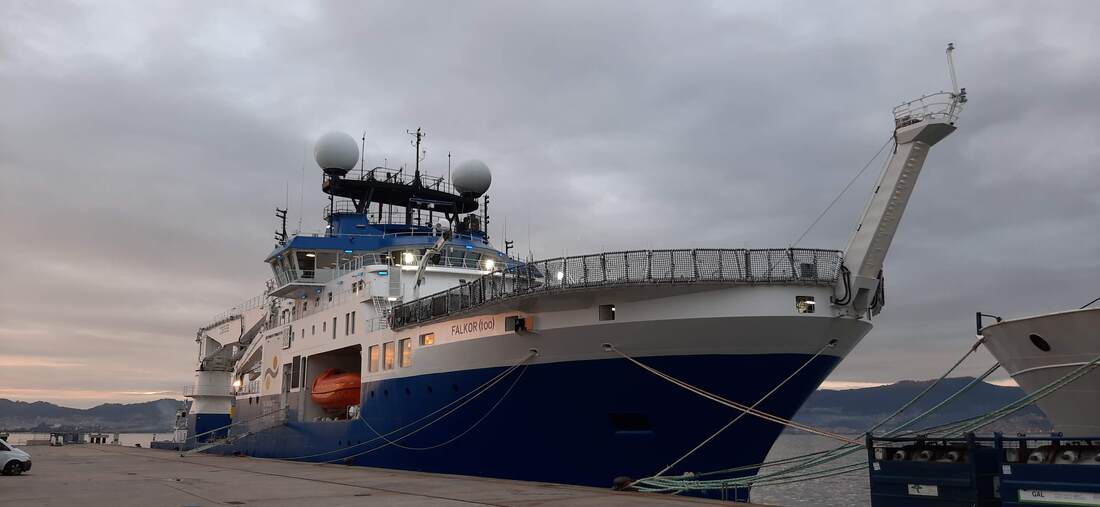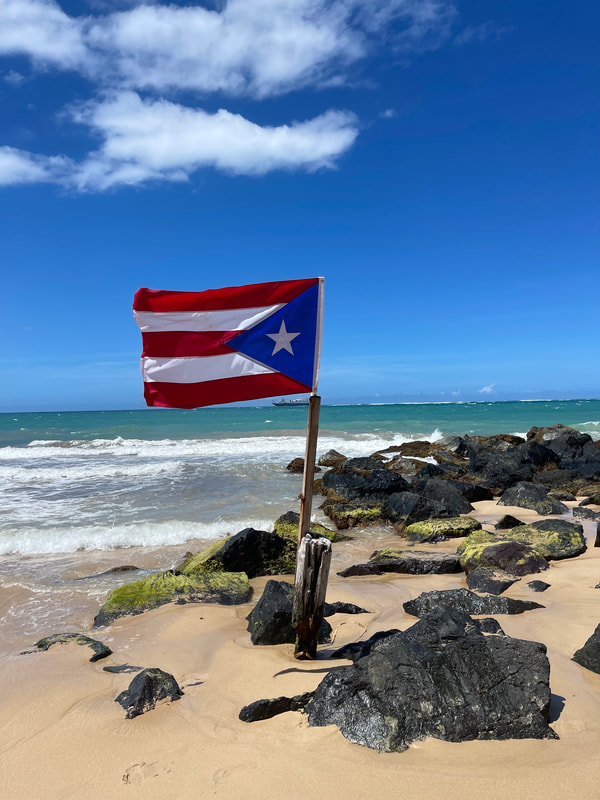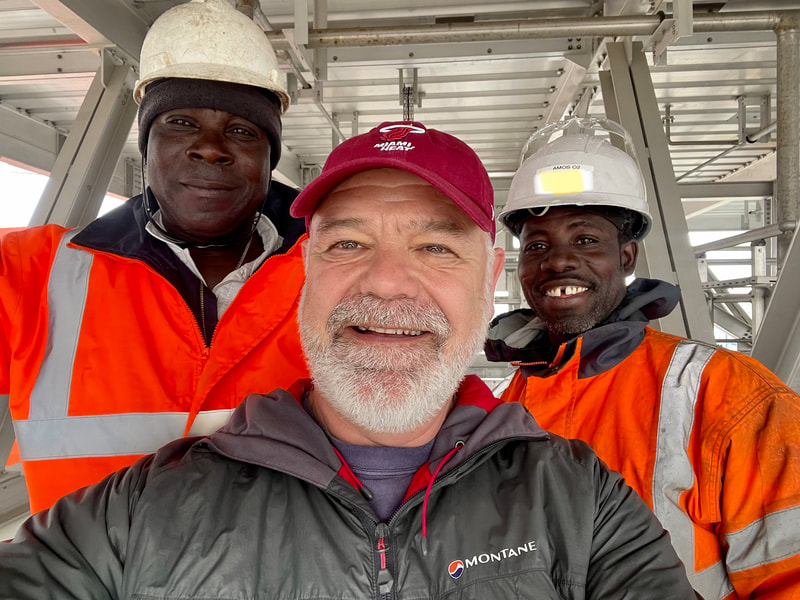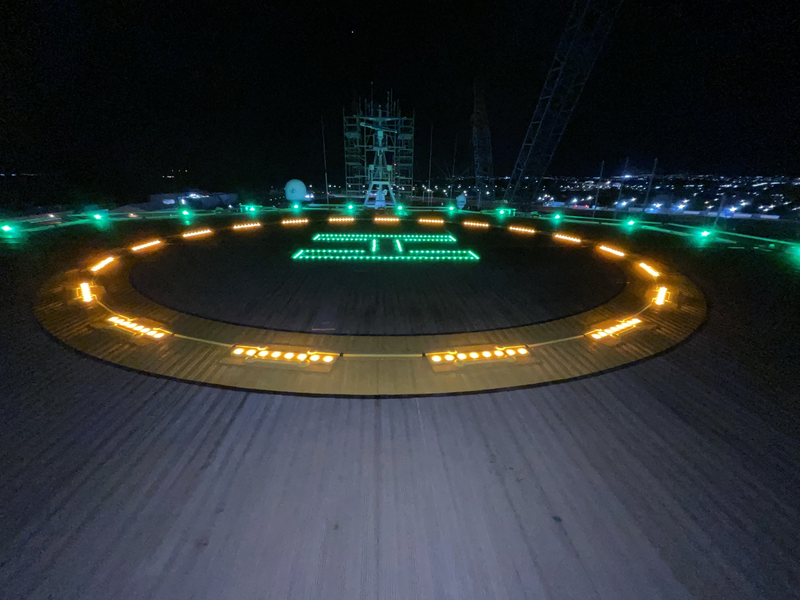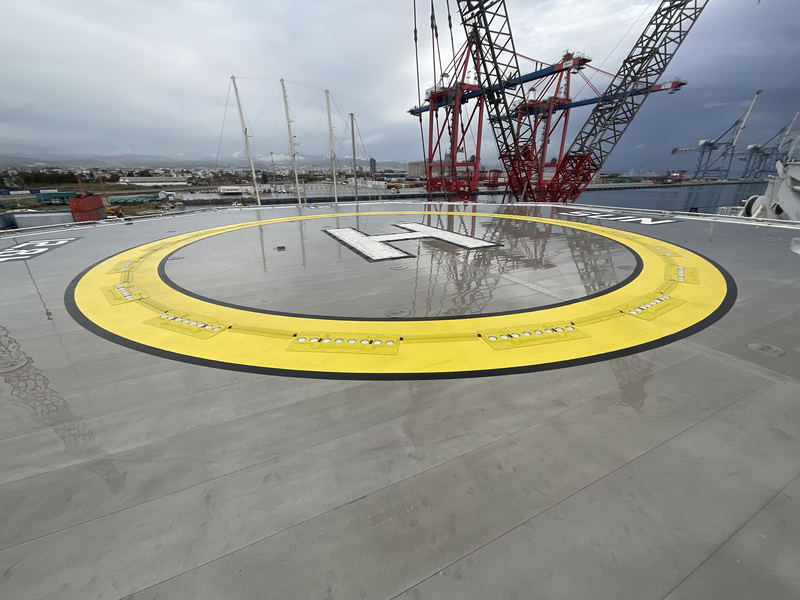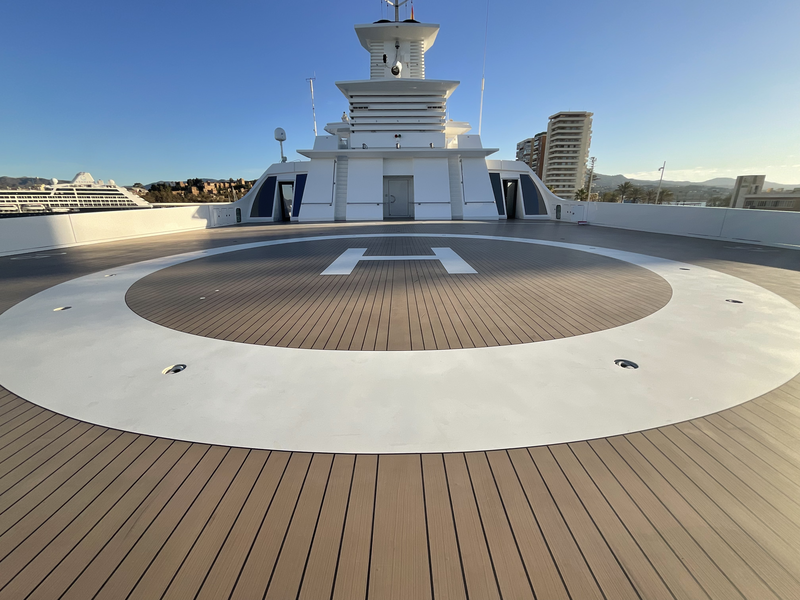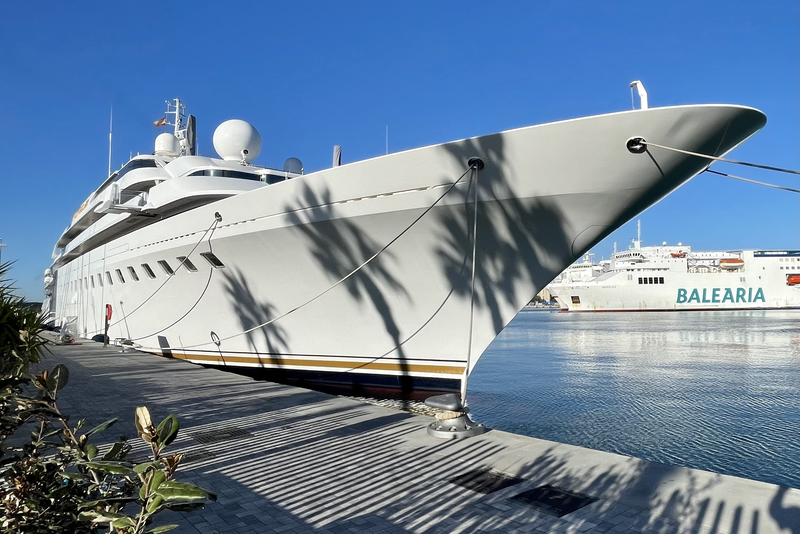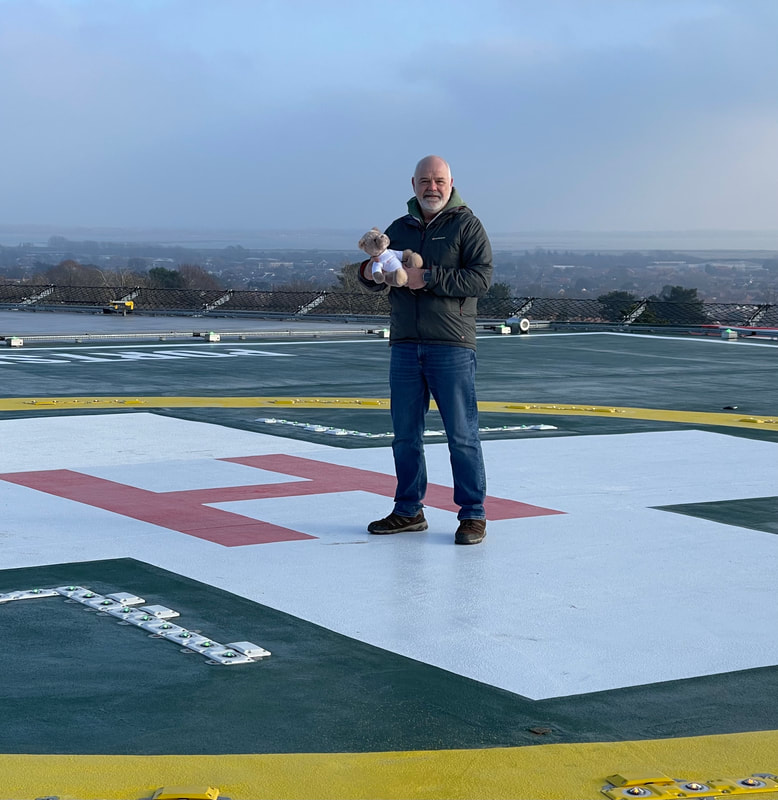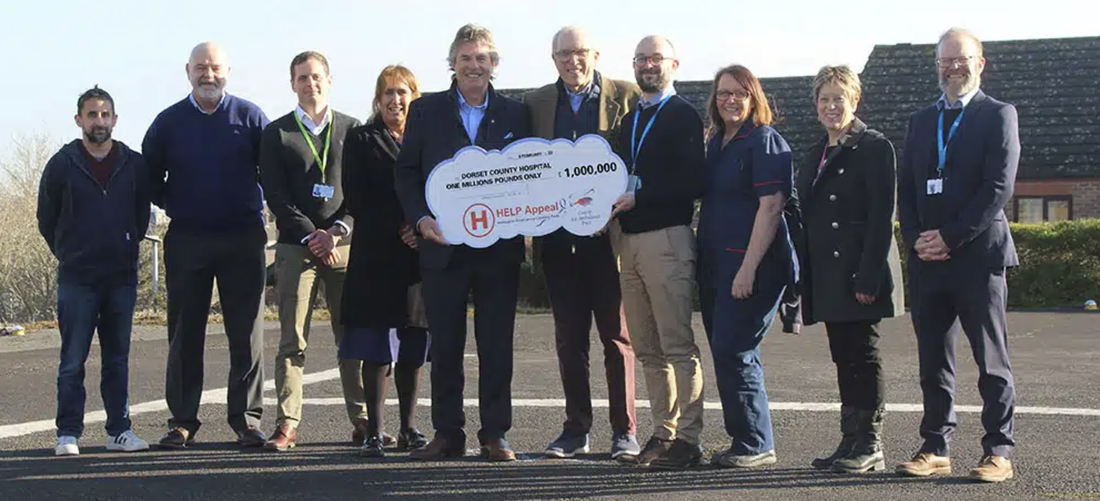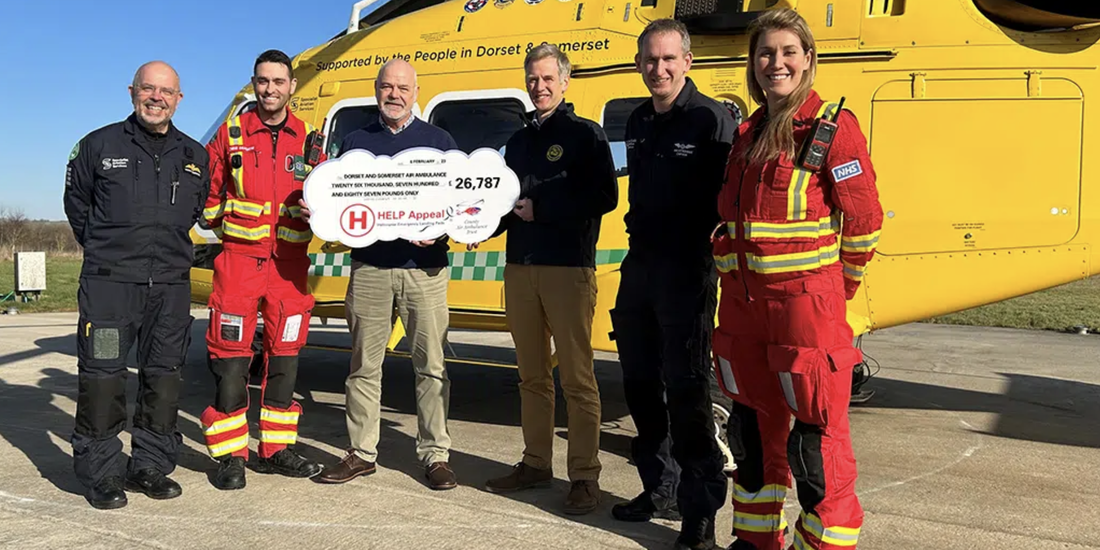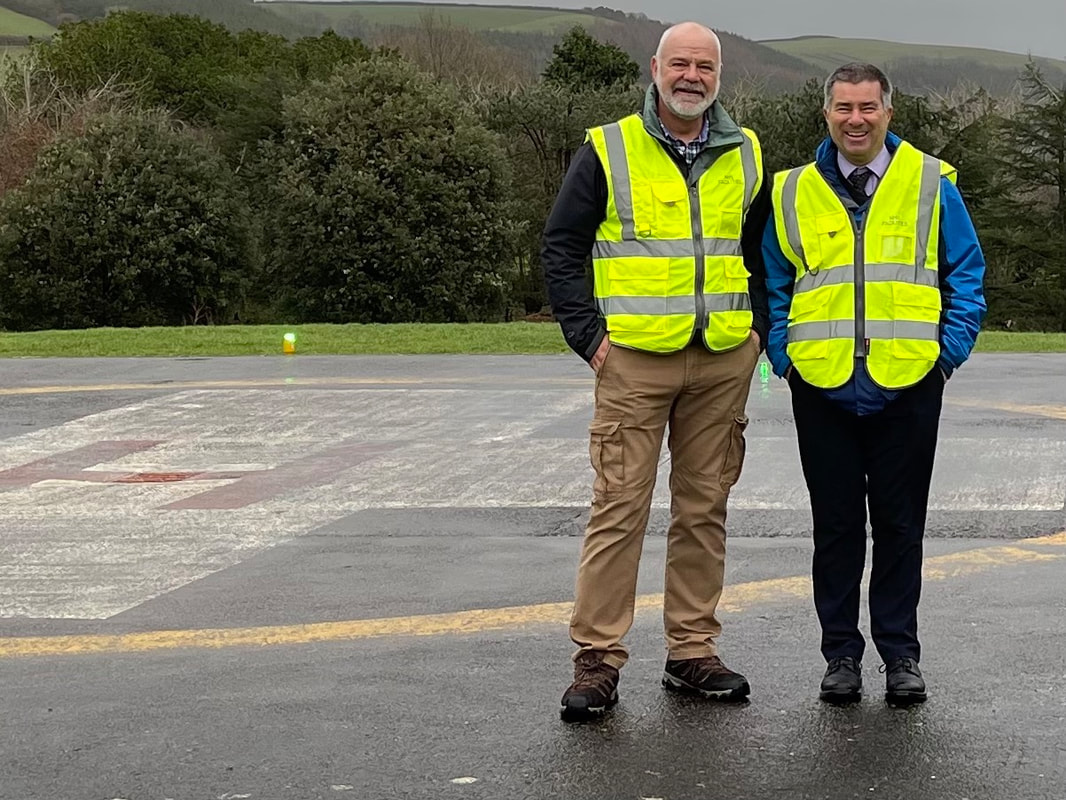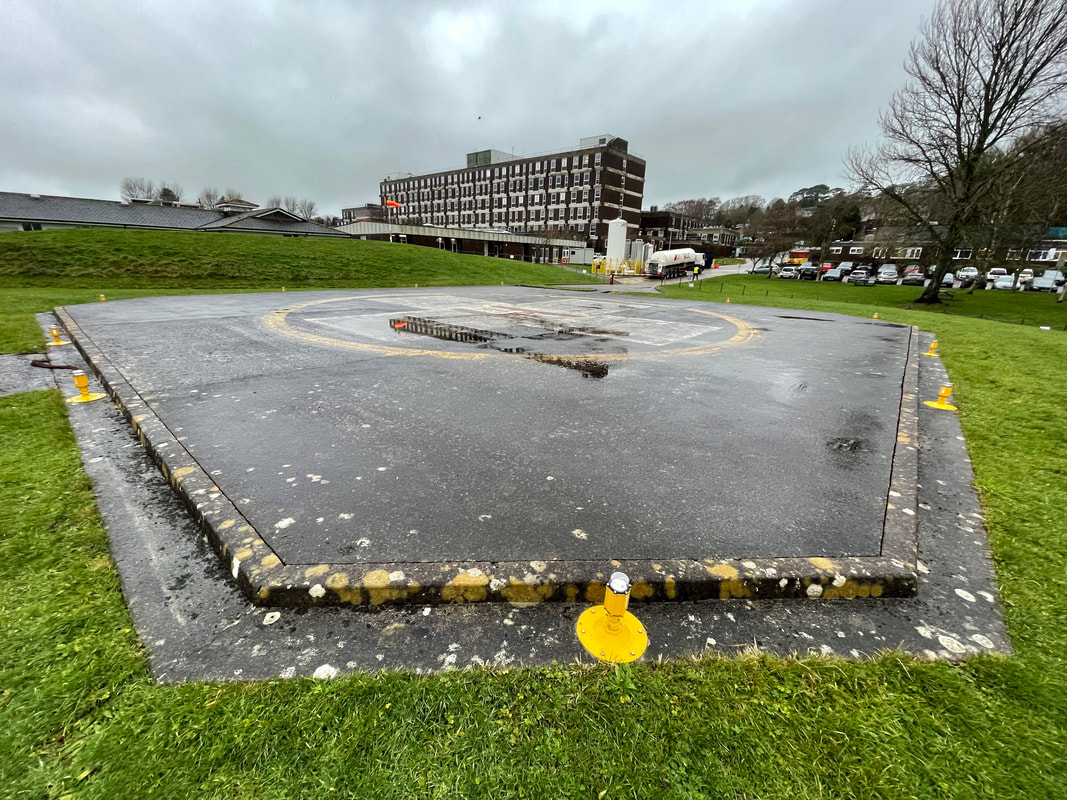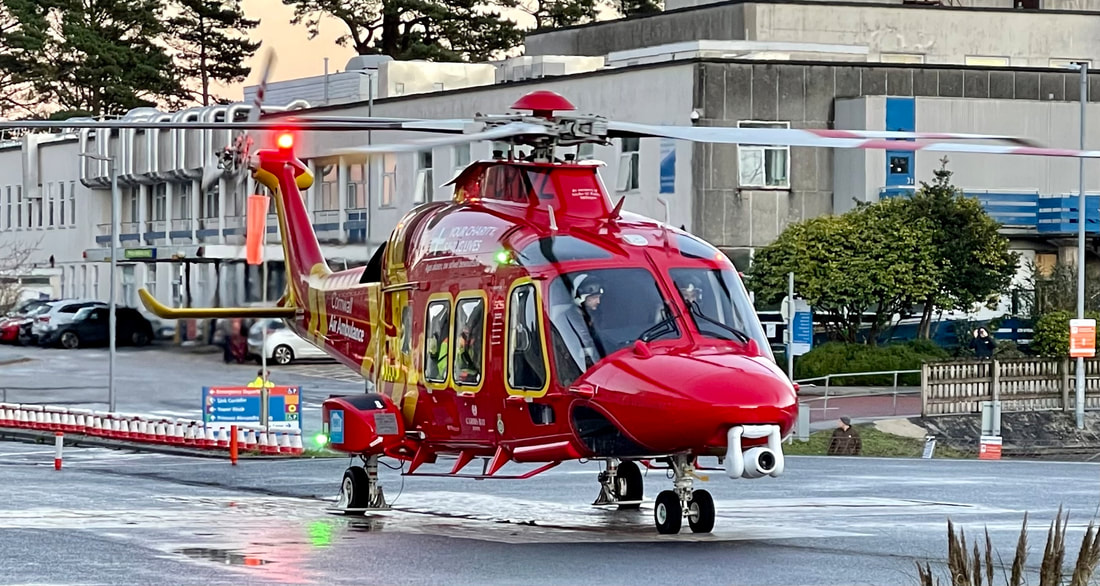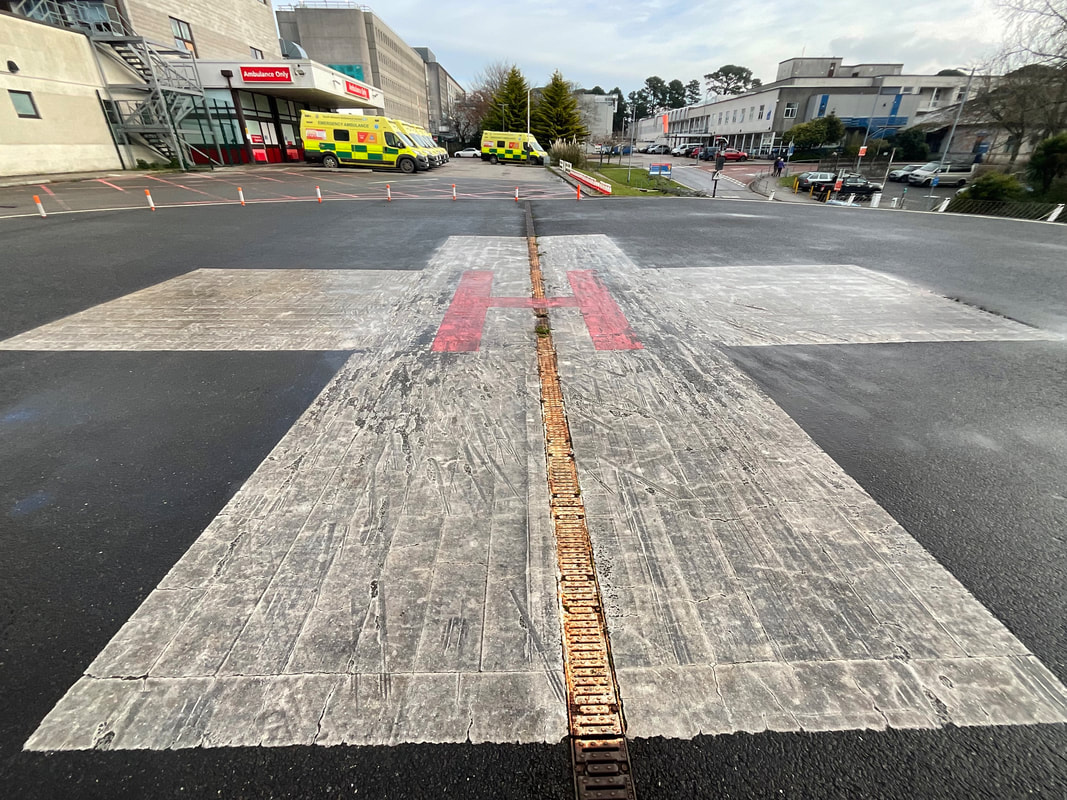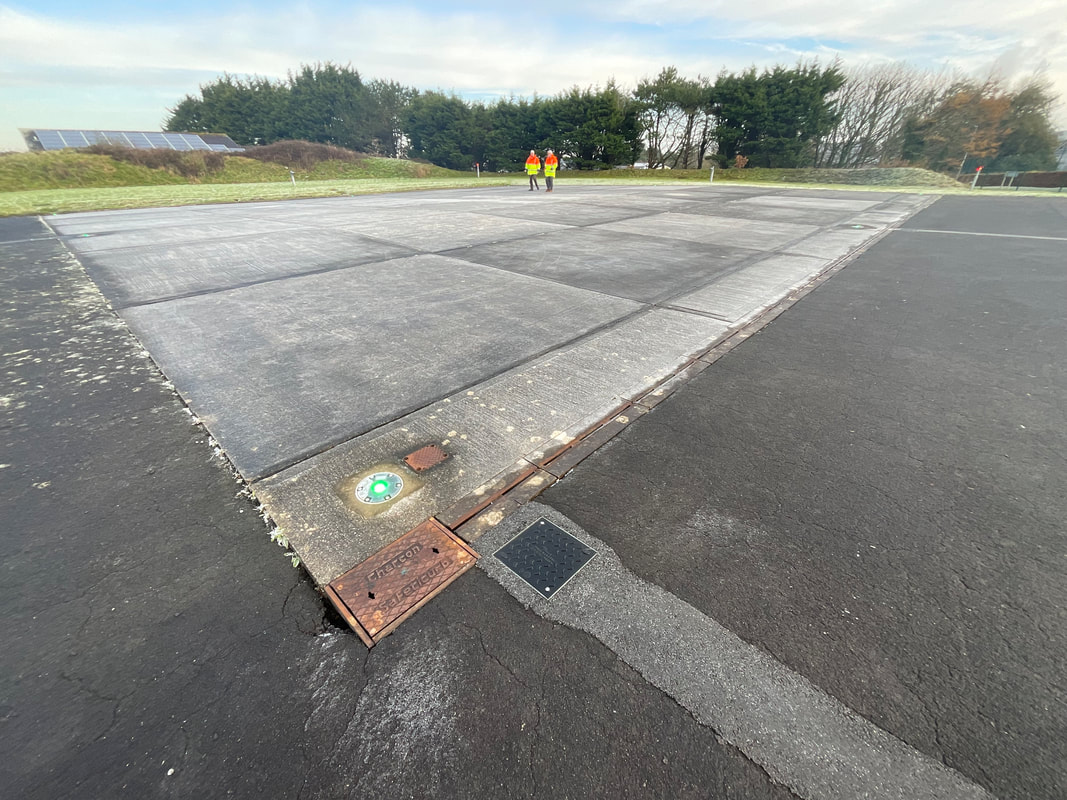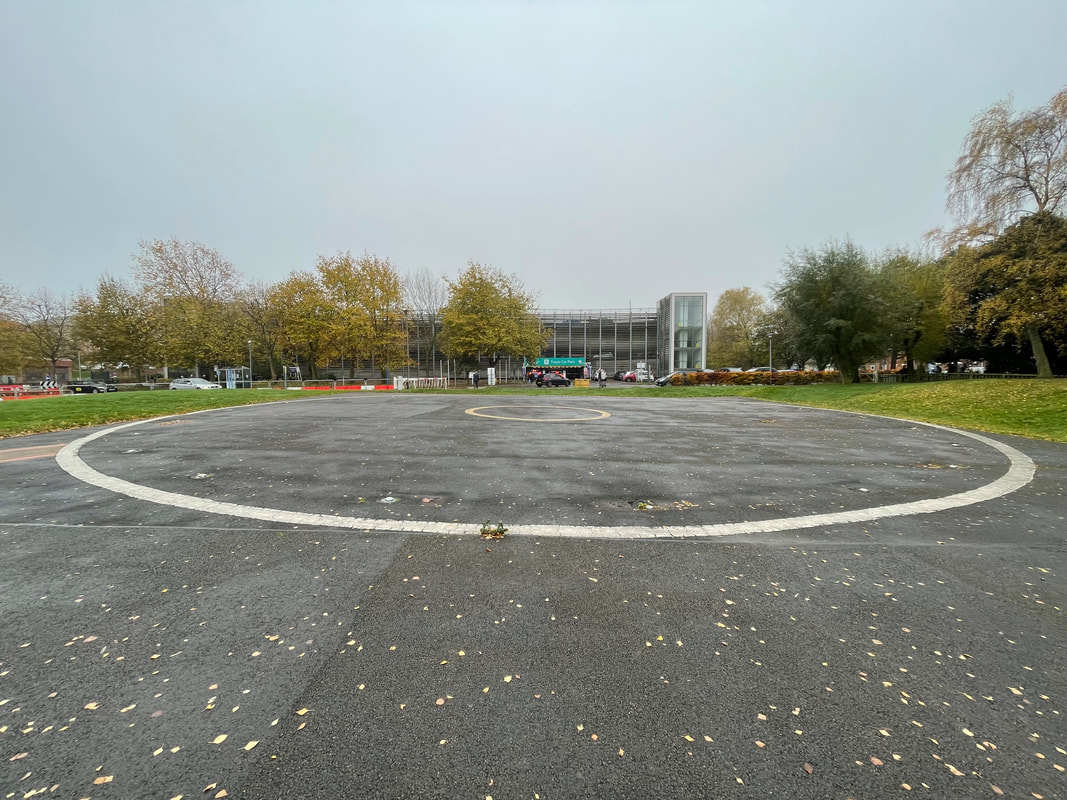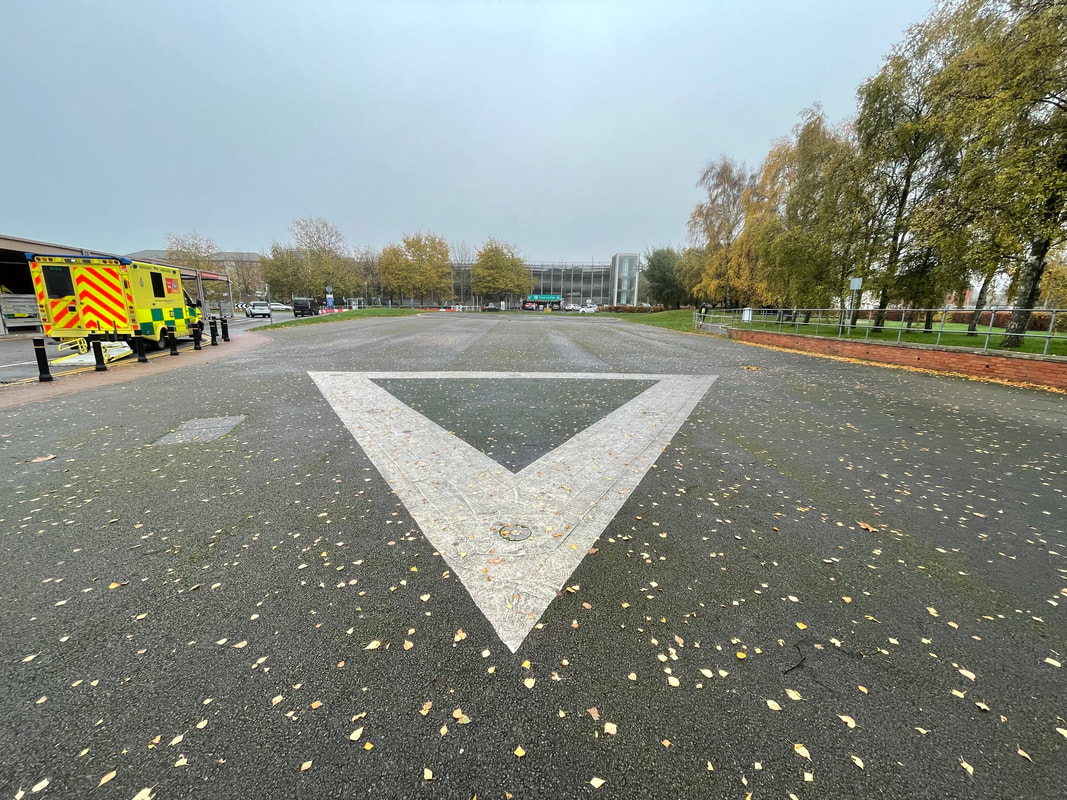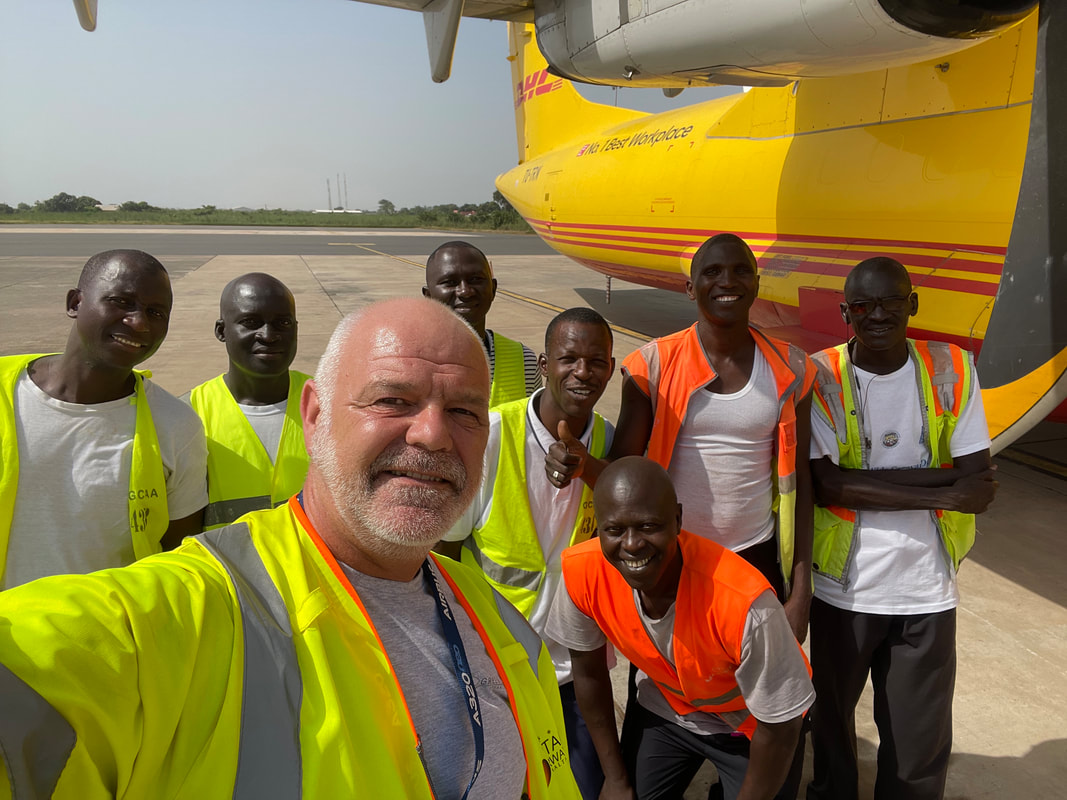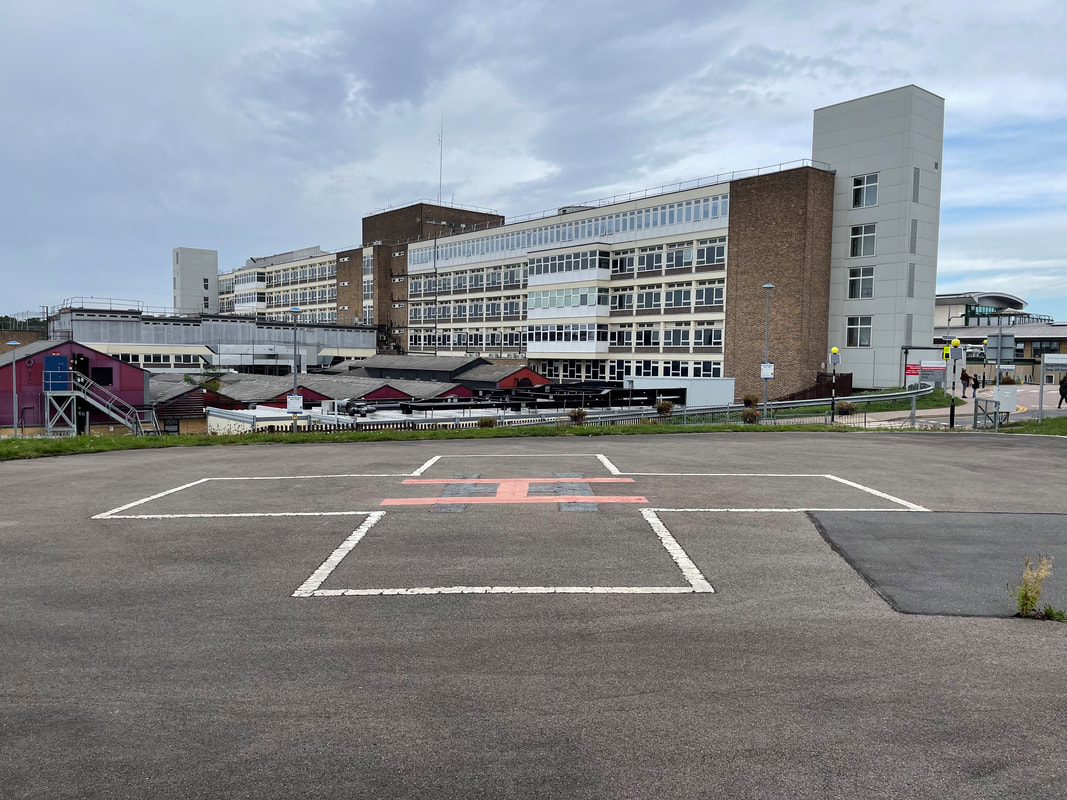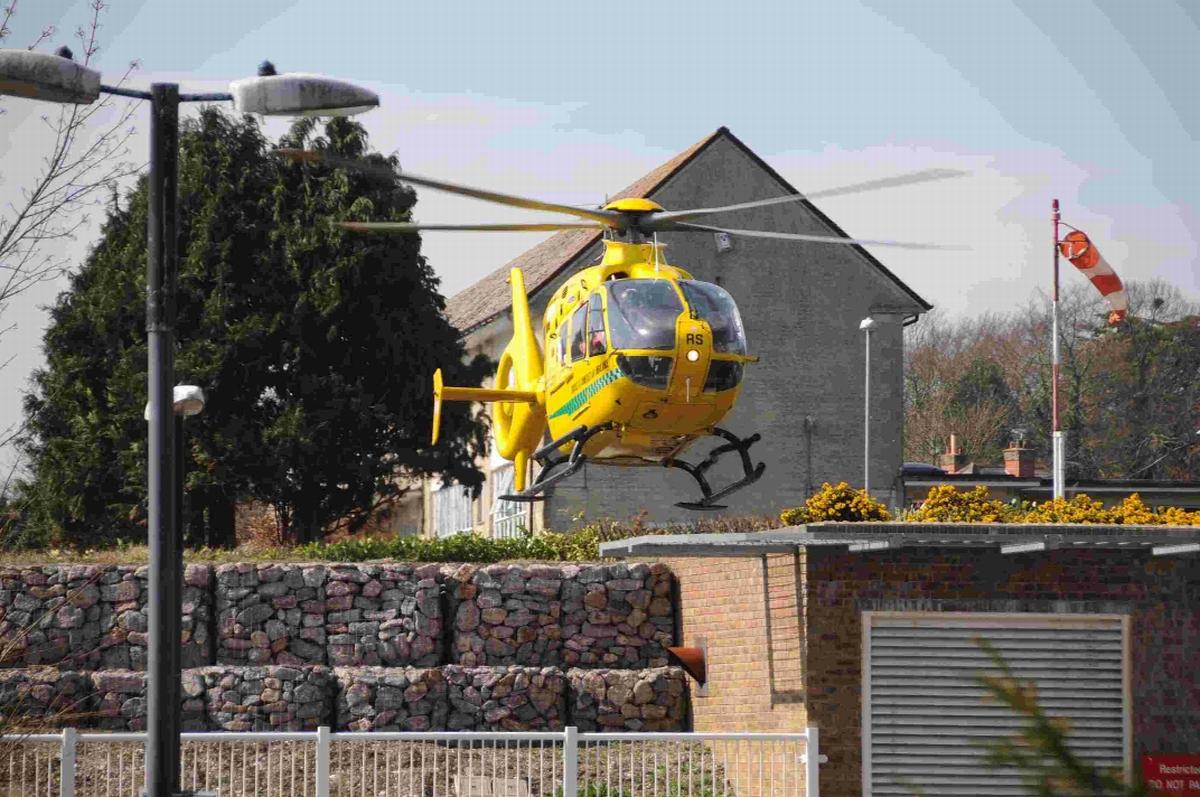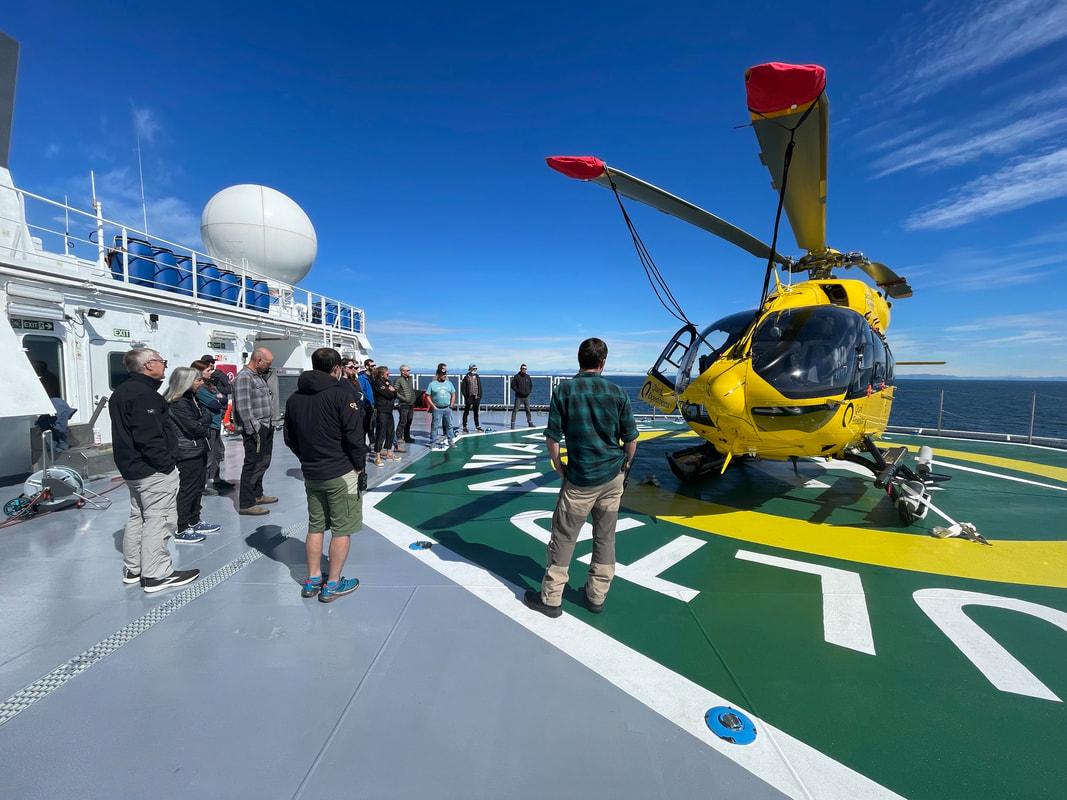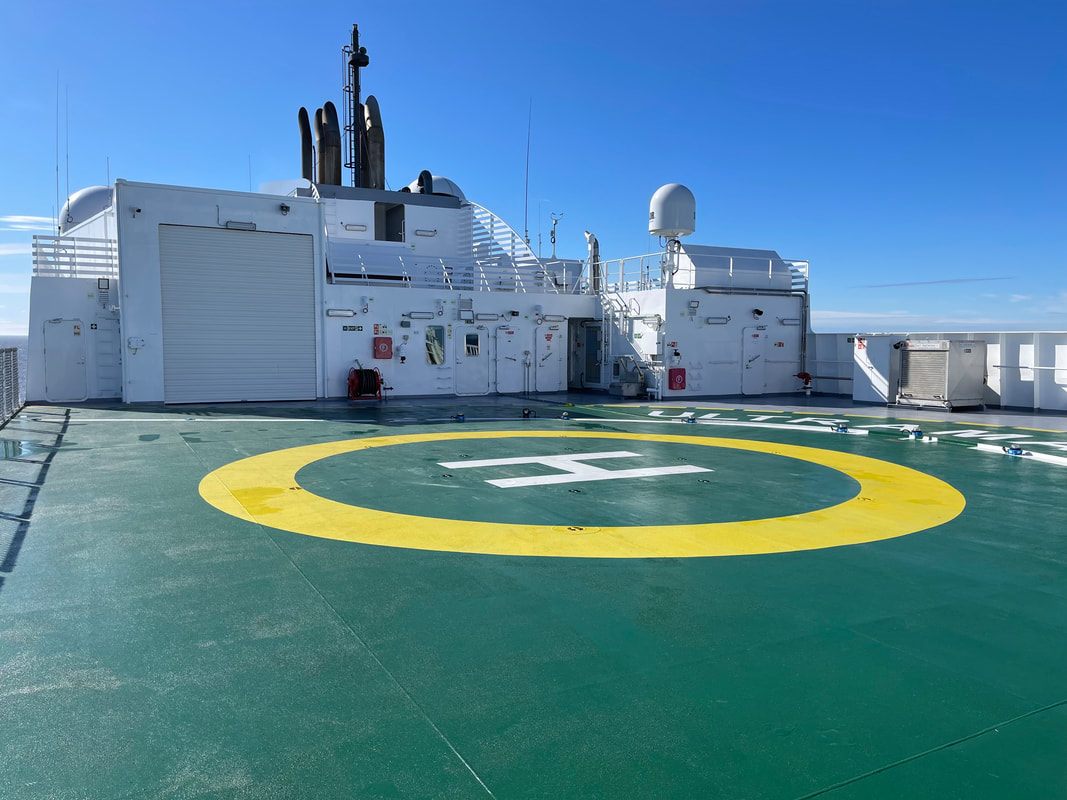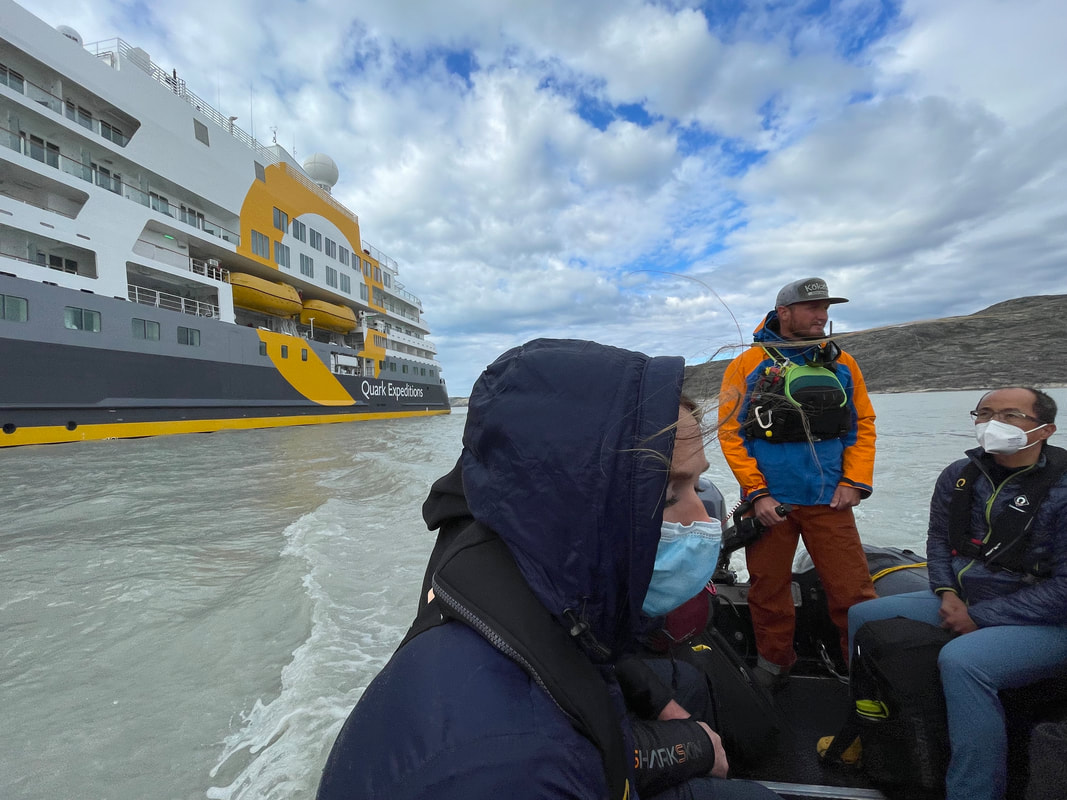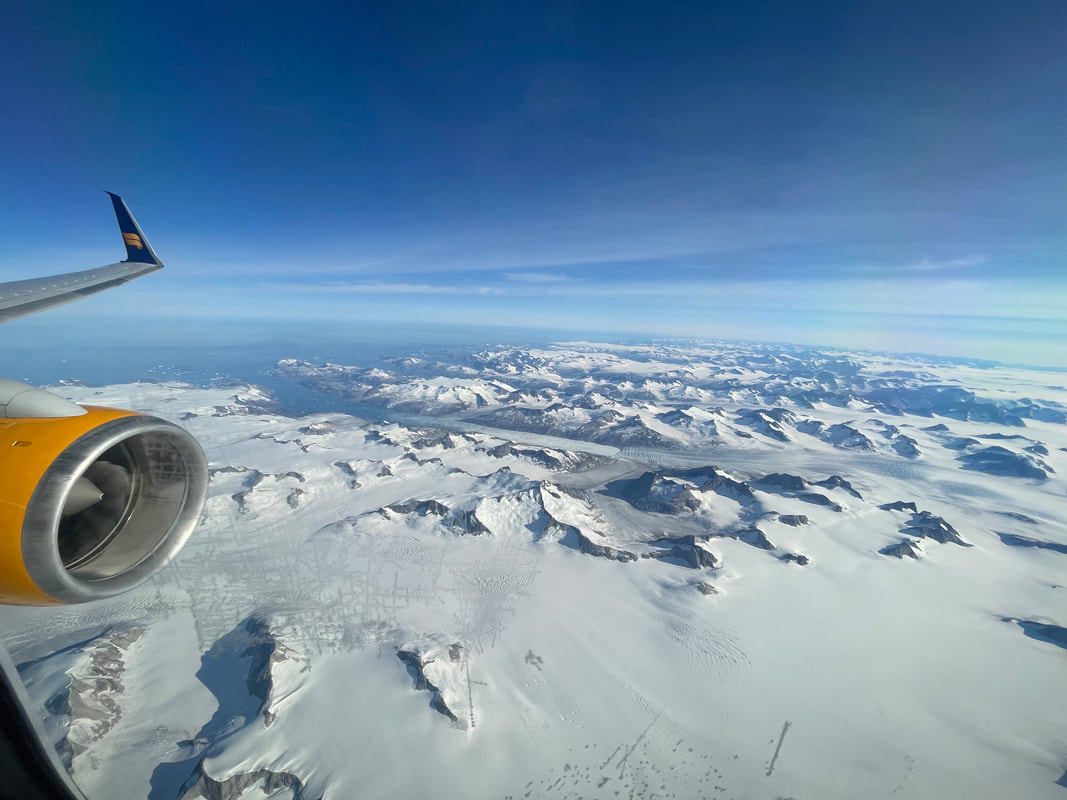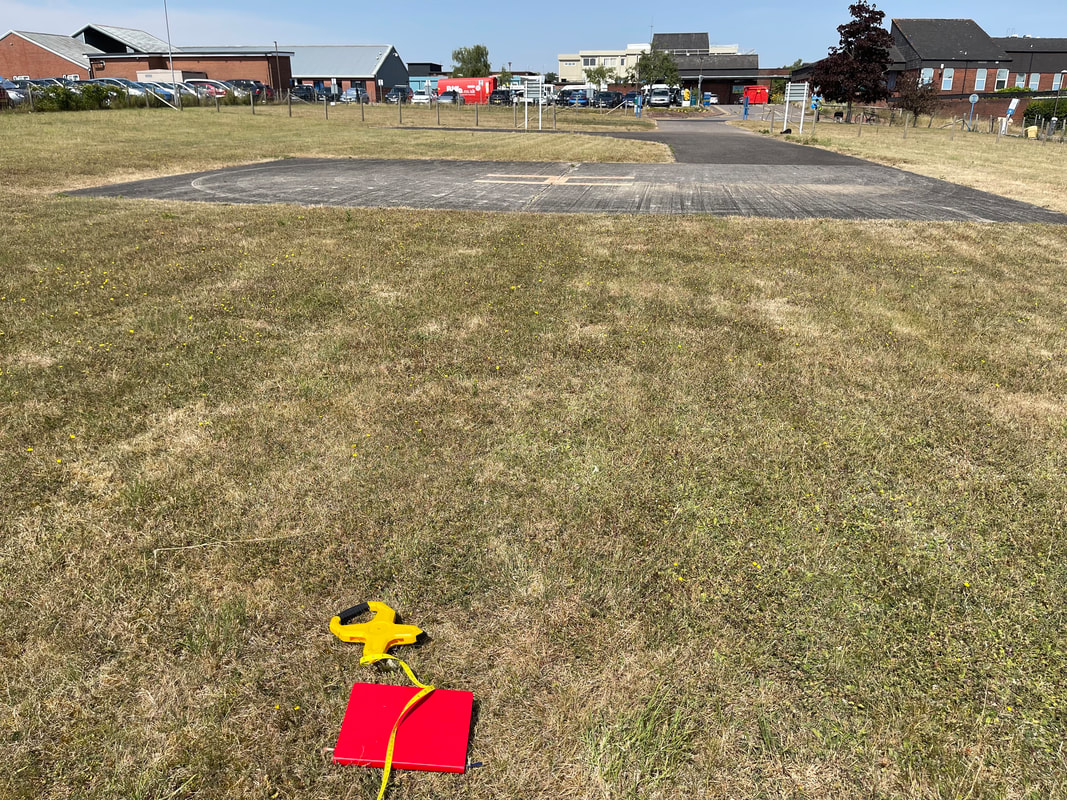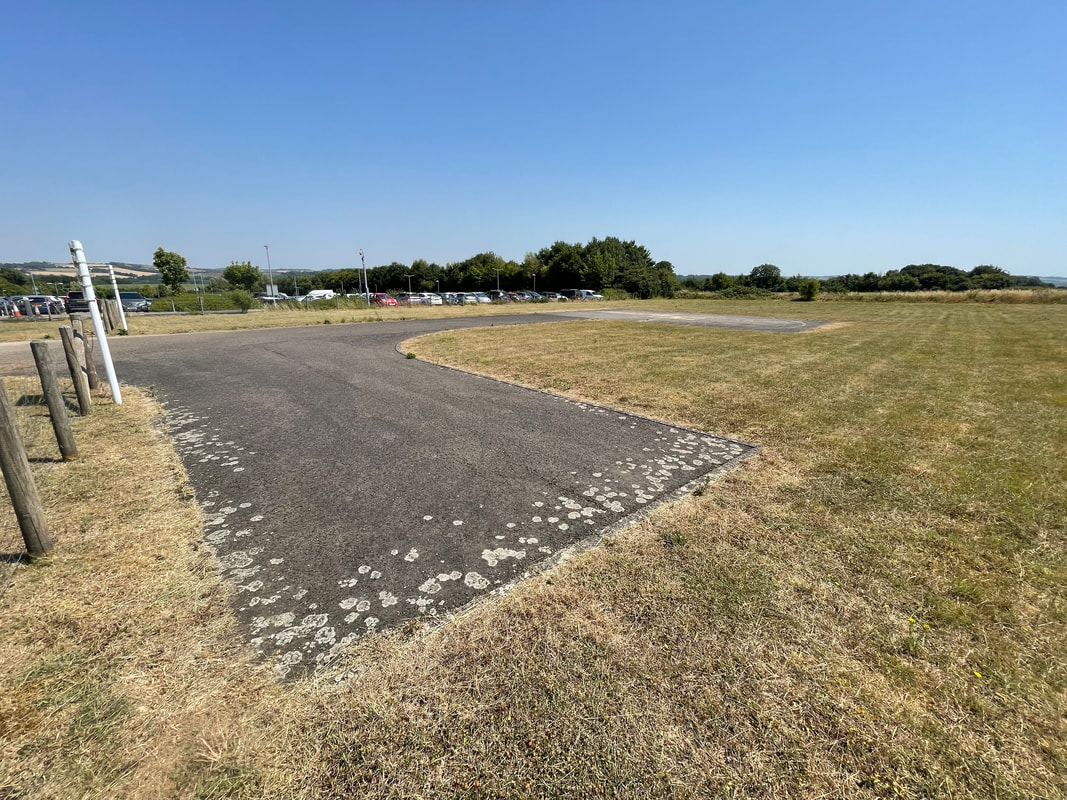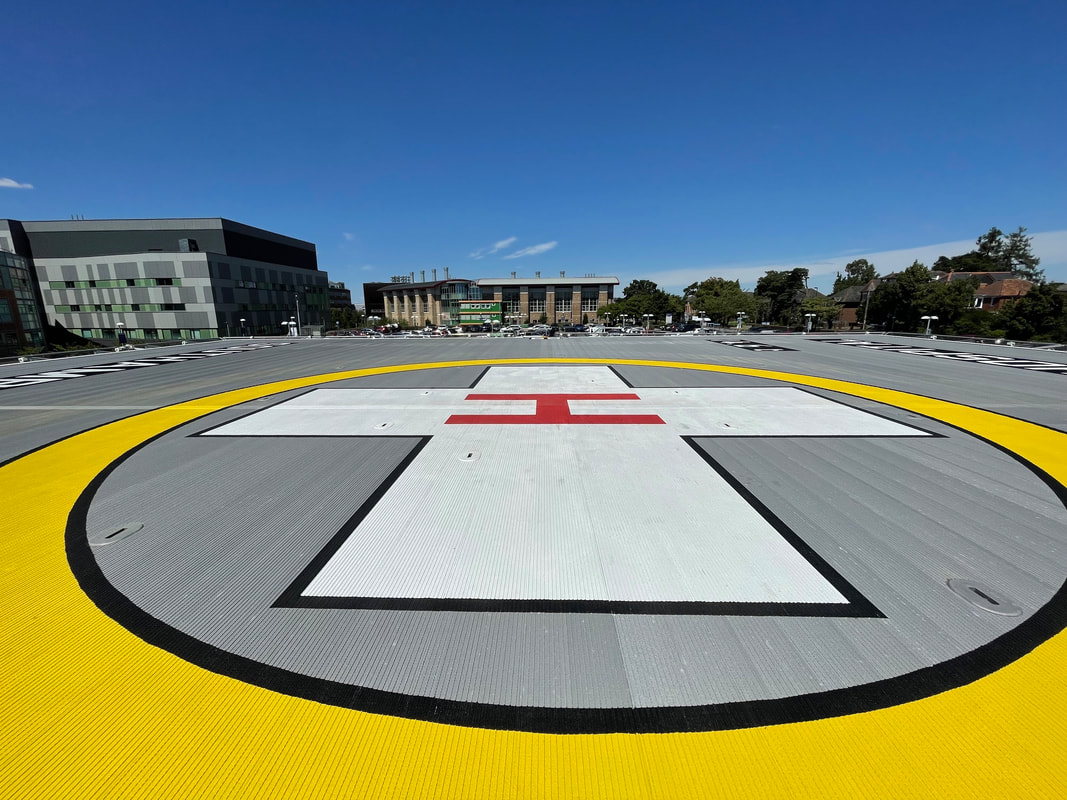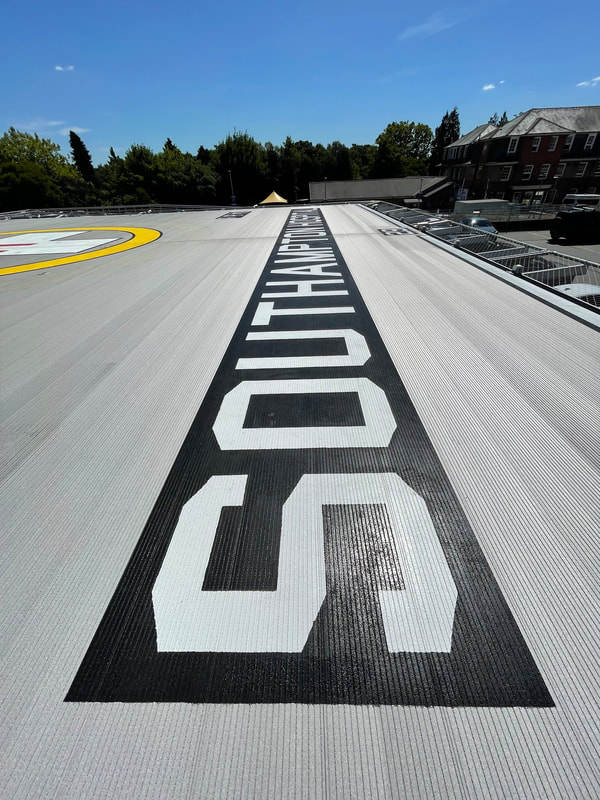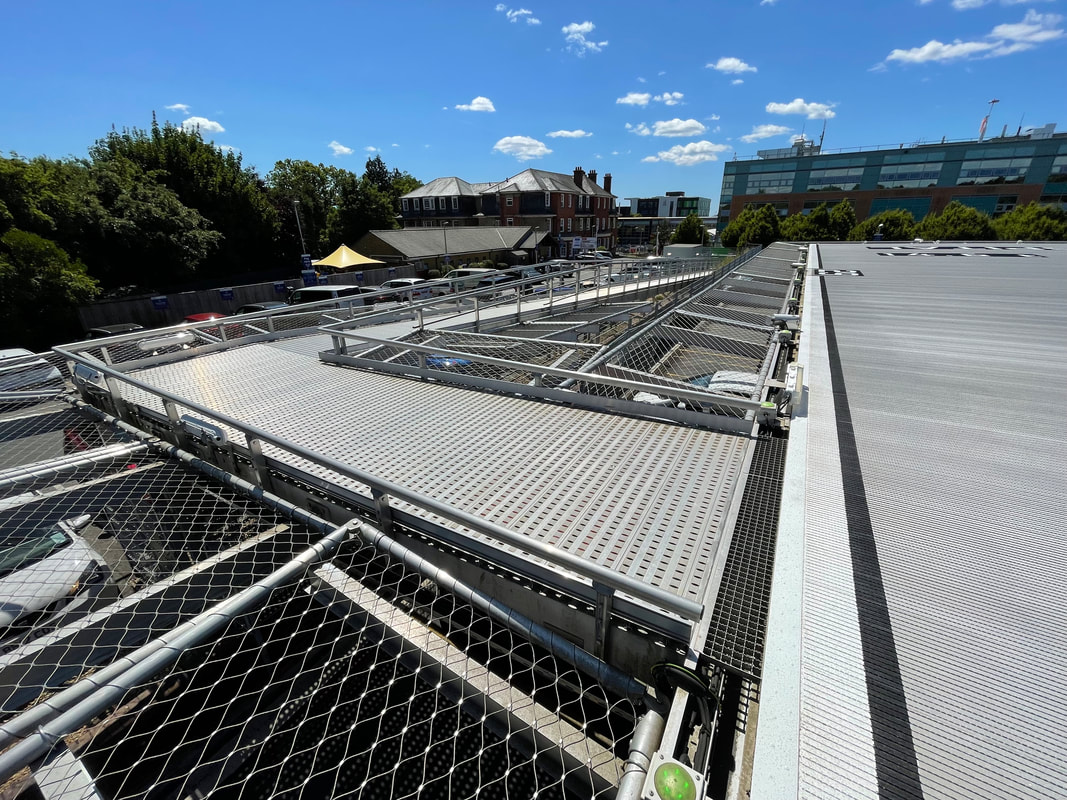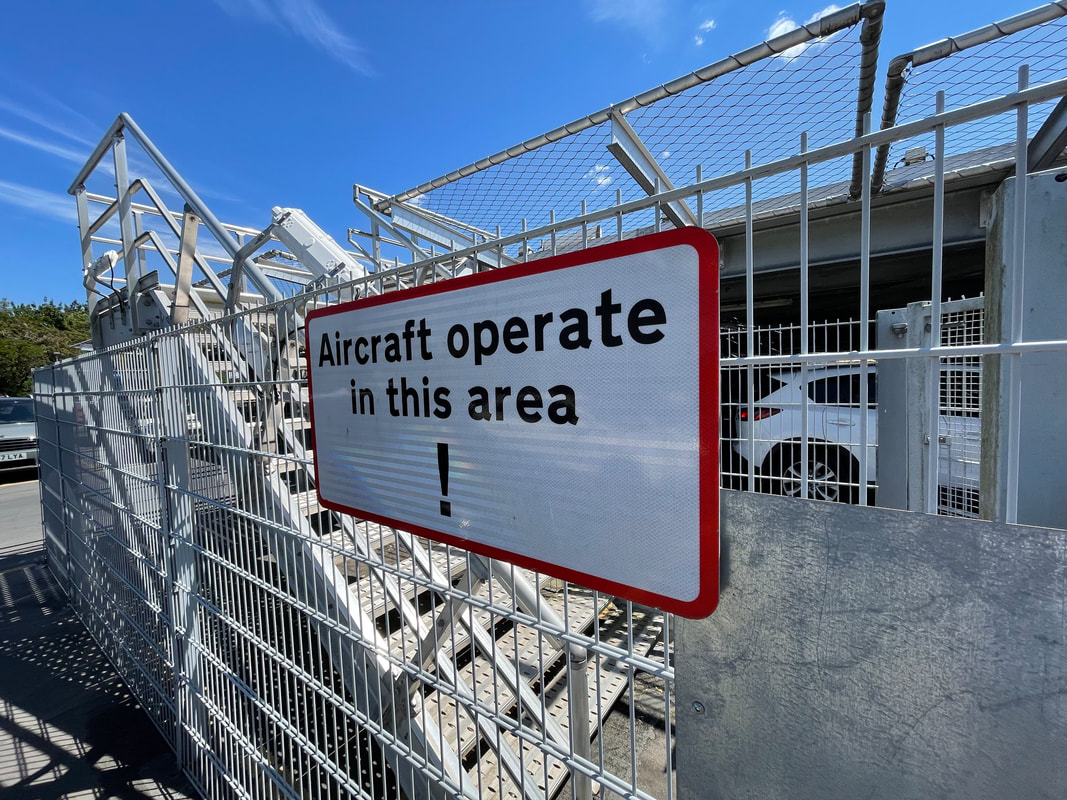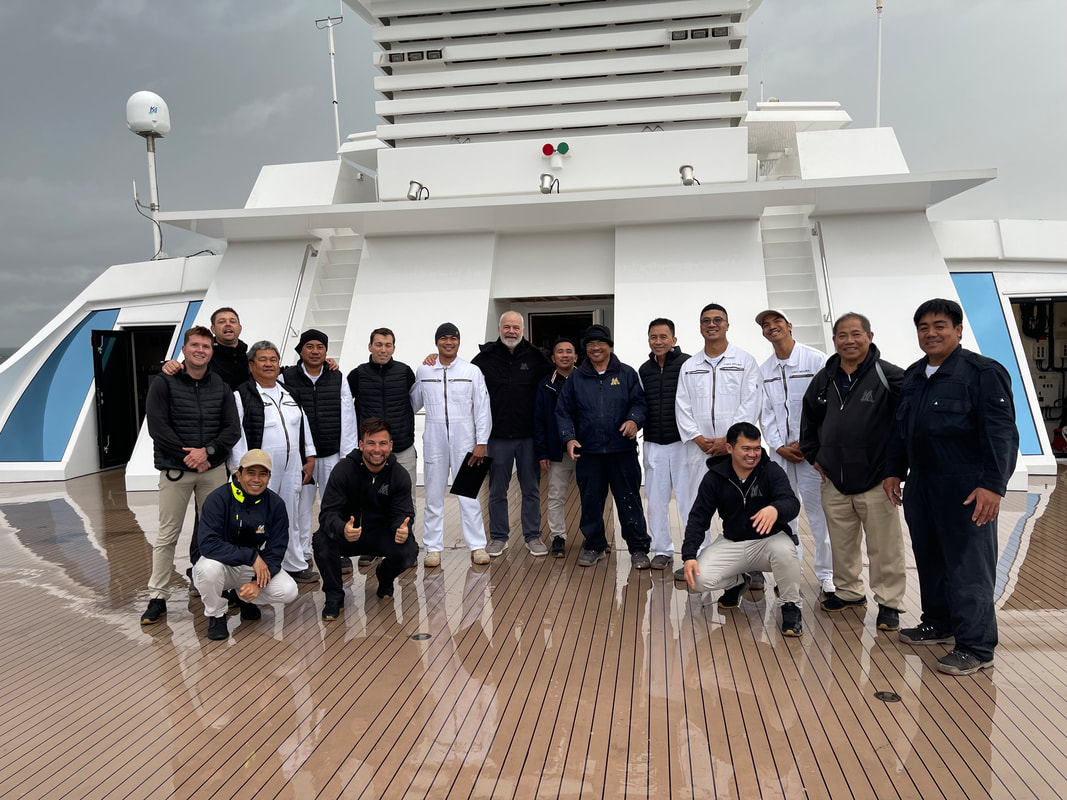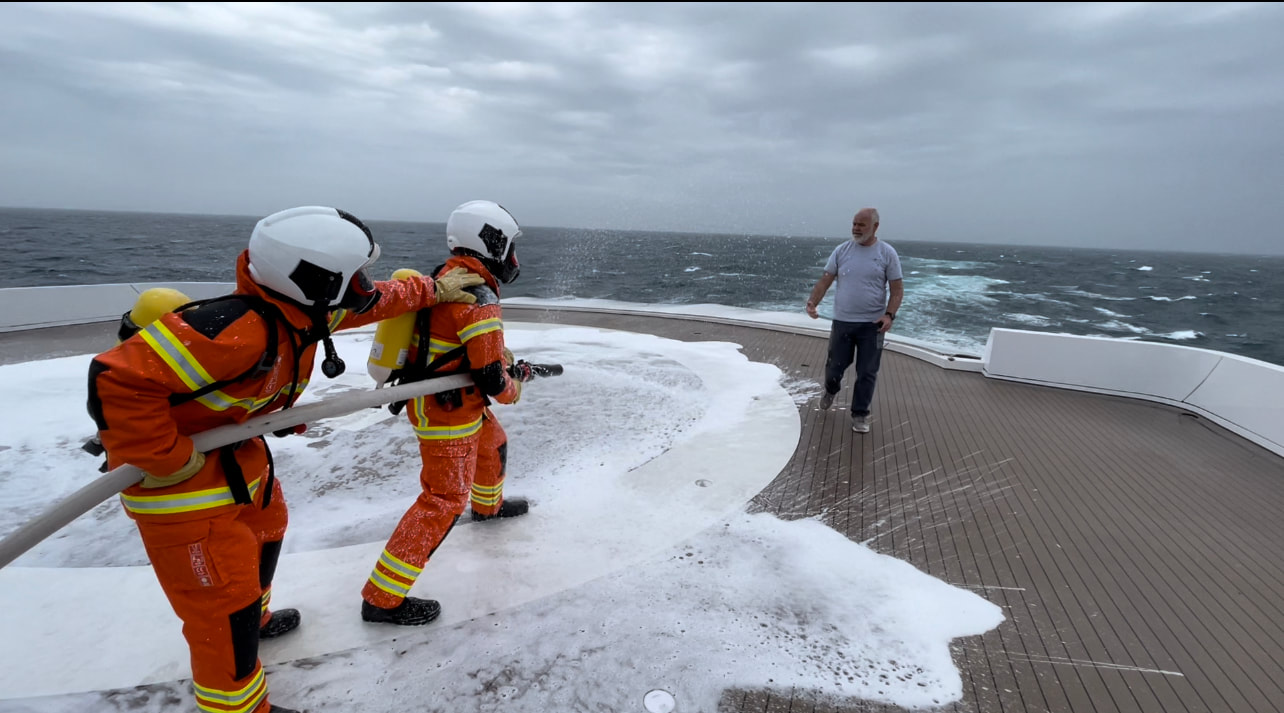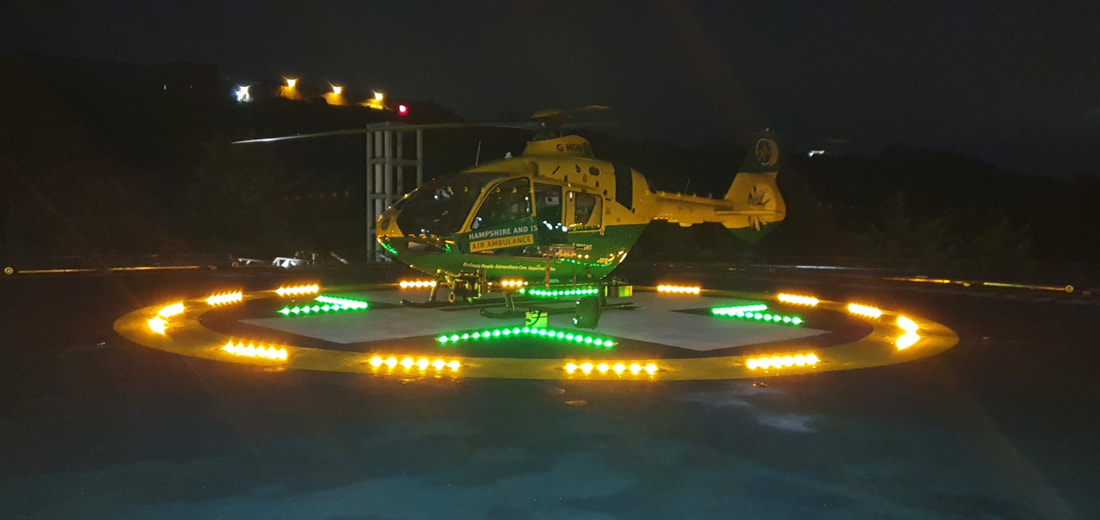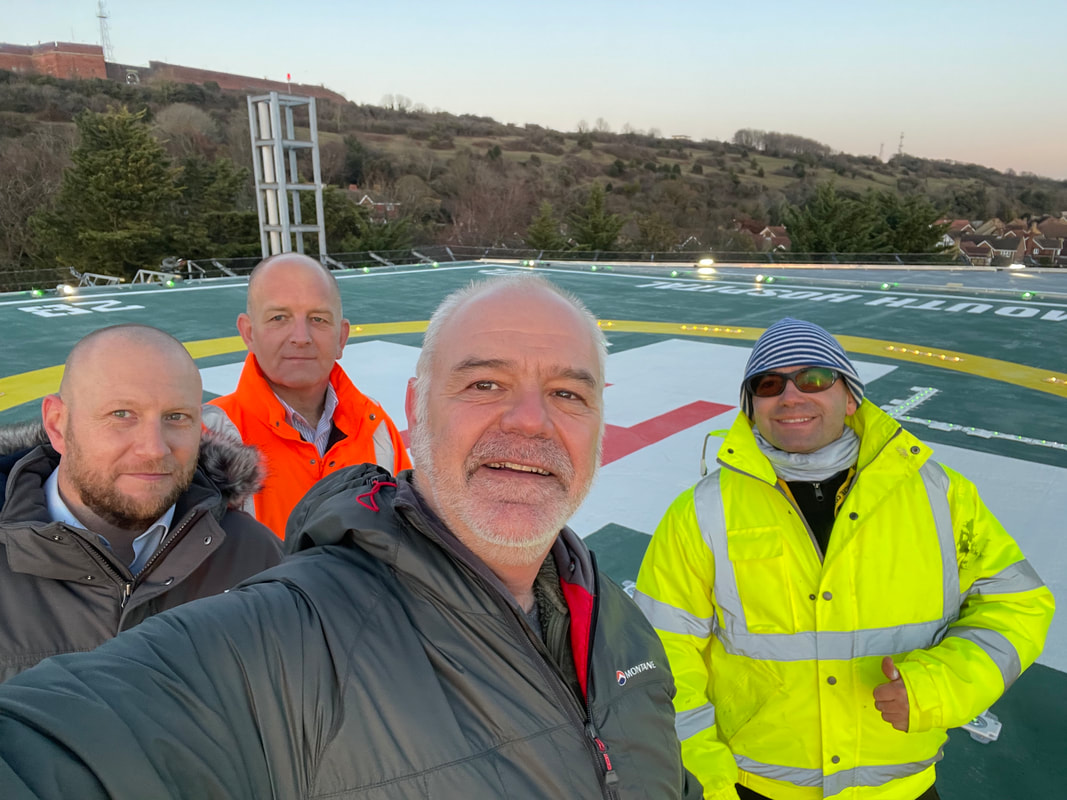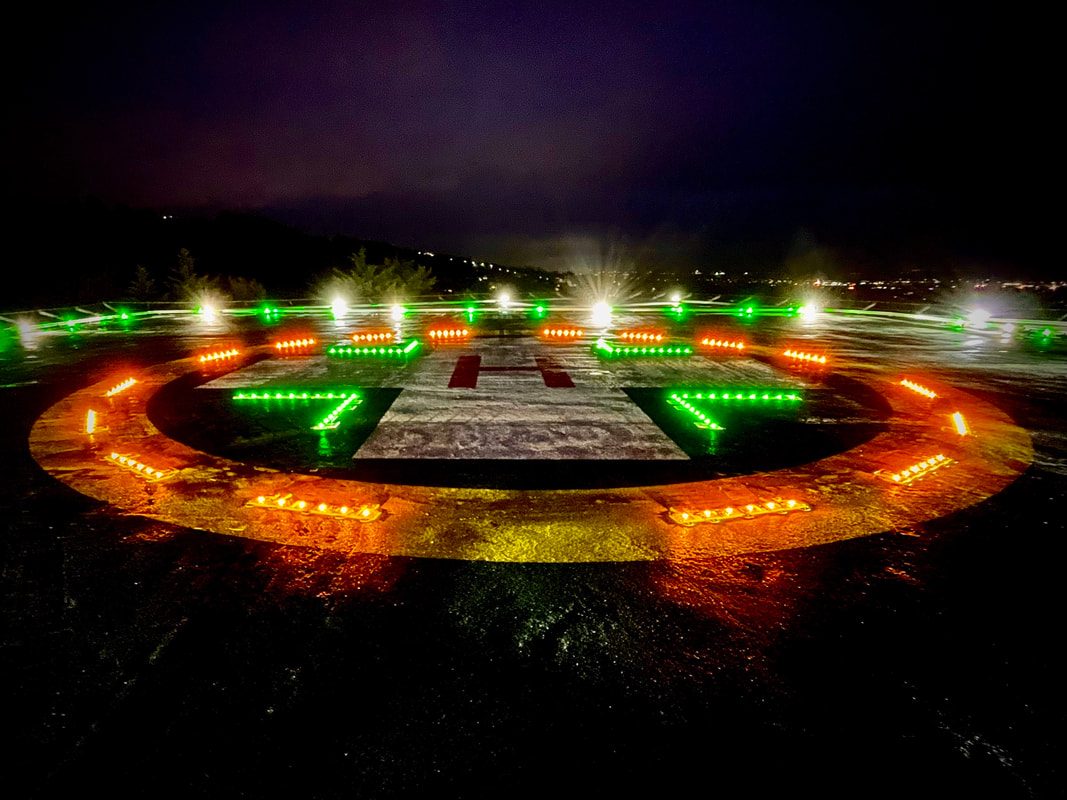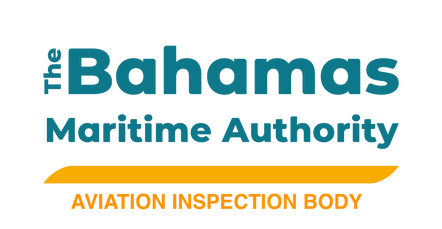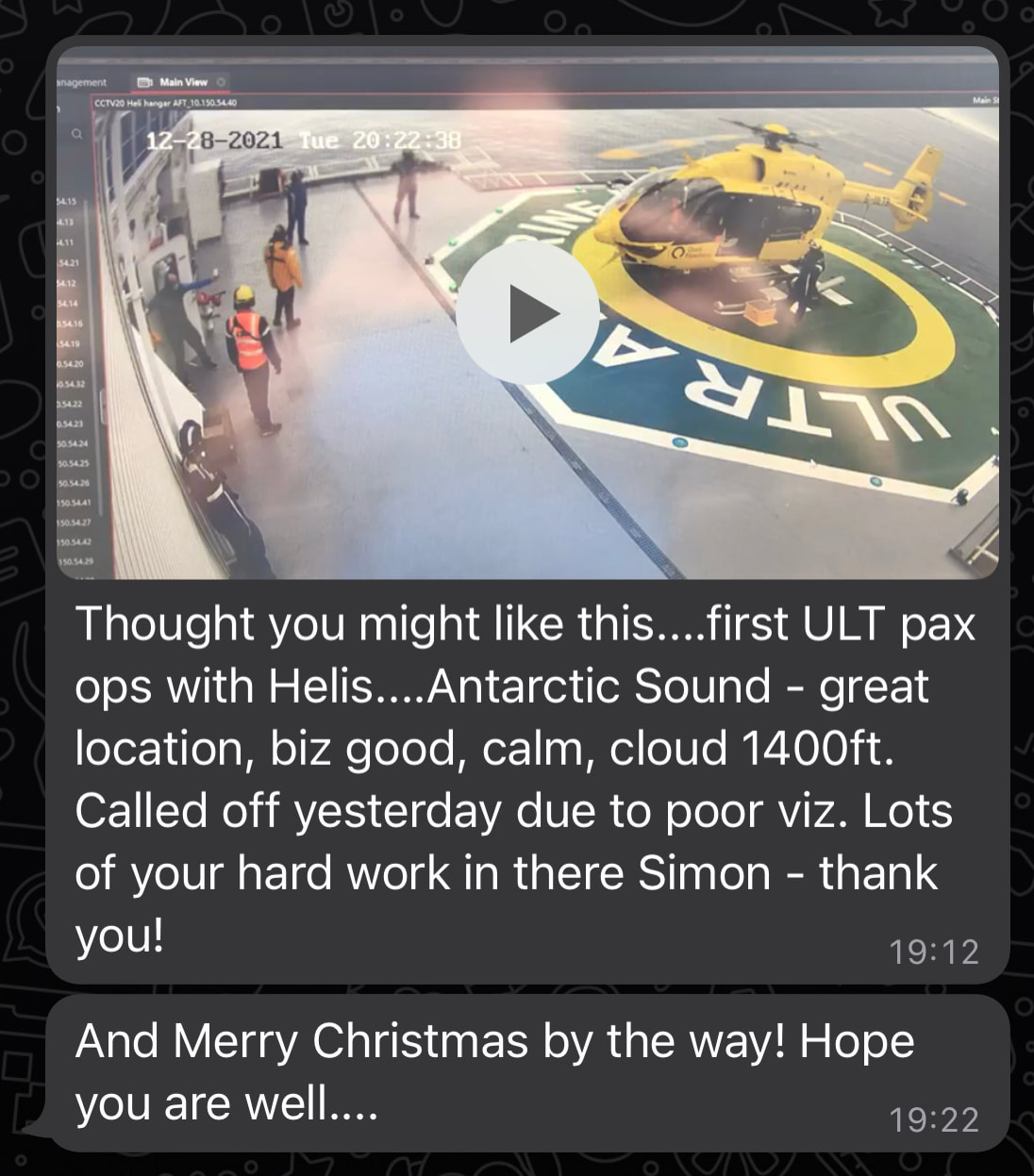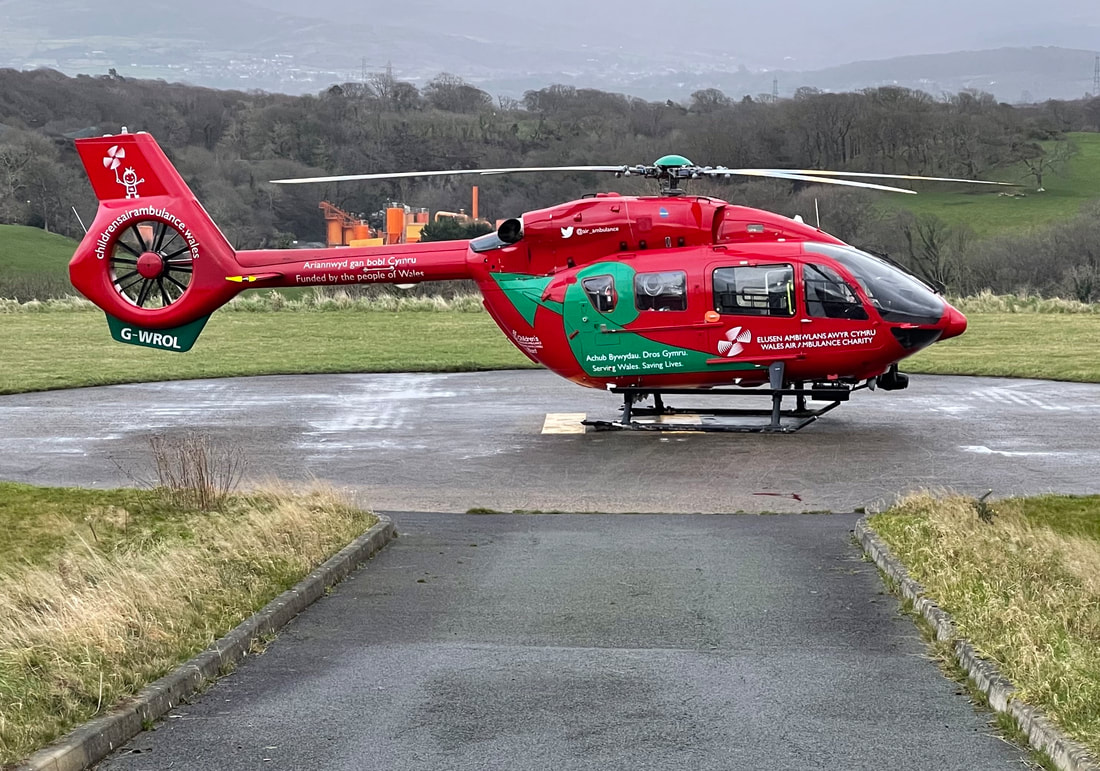|
Six months from initial concepts to first flight. Now fully operational, day / night capability.
0 Comments
The UK Air Accident Investigation Branch this morning issued the much-anticipated report into the tragic accident which took place at Derriford Hospital on the 4th of March 2022.
I think first and foremost, I have to extend my sincere condolences to the family of Jean who unfortunately passed away as a result of this accident. And to the crew of Rescue 163 of whom some I know personally; my thoughts are with you at this time. Our emergency services go to work to save lives that’s it, they are all heroes as far as I am concerned. The full report can be downloaded here: https://www.gov.uk/aaib-reports/aircraft-accident-report-aar-2-slash-2023-sikorsky-s-92a-g-mcgy#download-report Below a quick down and dirty breakdown of the report. I will break it down further, but I felt it appropriate to get the basics out to you as soon as practical. Don’t forget NHS England are hosting a webinar on the 9th of November and will be presented by Michael Bellas, National Estates Policy Lead and John Stephens, Director of Estates and Facilities, UH Plymouth. The link to register is below: https://www.events.england.nhs.uk/events/national-webinar-hospital-helipads If anyone wants to chat through the report with me, please give me a shout, more than happy to have teams chat (with coffee!). First Edition…Hello everyone So much happening, not enough communication, that was my initial thoughts when deciding to put together a quick down and dirty update on the world of hospital helipads from my perspective and to pass on what is going on in the industry and how it may affect you in the future. “Apologies for the cheesy title” I hope the idea works and it provides you with information that may not filter to you through other means. Please, if you would like to comment / provide me with some feedback, please do, it is the only way to make things better. Oh, and I am no journalist either so apologies if it is a little rough around the edges. Note that the online version is not the full document, please feel free to email me for the entire script. Air Accident Investigation Branch - Derriford Report I think everyone is anticipating the issue of the report into the Derriford incident which occurred in March 2022. The rumours were that the report would originally be issued in August 2023, however this was delayed due to additional consultation regarding the report and its recommendations. As soon as the report is on the streets, it is my intention to break it down and send everyone a summary of the findings and more importantly how it may affect your site and how to fix it! For ground and raised sites, the report will without doubt have some impact. Separate from the Derriford incident, it is definitely worth monitoring the AAIB website or subscribing to its updates, as there are occasions when reports are issued in relation to hospital or HEMS operations. The most recent being a HEMS aircraft that landed at a HHLS without traffic control or helipad manning in place. A synopsis of the report is below: The helicopter landed at a hospital elevated helipad that was not prepared with fire cover and traffic management because the hospital was not aware of its imminent arrival. The message reporting the departure was sent too late and using an unreliable communication method. The method for pilots to visually confirm the helipad was ready during the approach was not emphasised in the site-specific procedures provided by the hospital and the operator. The operator has taken action to improve communications and review the procedures for all elevated hospital helipads it uses. The full report can be viewed here: https://assets.publishing.service.gov.uk/media/6447d781814c6600128d0605/AW109SP_G-TAAS_05-23.pdf Downwash news Hot topic as always and related to the much-anticipated AAIB report. The Aussies have had a few incidents and subsequently issued some Safety Advisory Notices. Obviously not UK but well worth reading some of the Australian Transport Safety Bureau issued documents. First one is a summary of an incident which injured one member of the public which offers basic advice on managing rotor down and outwash. Link here: https://www.atsb.gov.au/sites/default/files/2023-09/AD-2022-001-SAN-001_0.pdf Also, I have sent a link to the video below before attached some inspection reports but again, the link is below to the awesome BP sponsored downwash information animation. It is offshore centric but easily can be read across to hospital helipads. Worth filing and using for any safety briefing / training sessions the helipad team may have. Random Stuff and Company News
I had a call from a site recently asking me about the markings on the landing area as they knew the obvious (the name of the site) but the other markings…hmmmm! So, I thought I would put together a basic guide to helipad markings: Three years, since we kicked off our ISO 9001:2015 accreditation and we have just smashed our last audit. Thanks to the team, your awesome
PR, interesting place to travel to from the UK. We went via Atlanta via VS and then on the venerable Boeing 757 of Delta Airlines, gotta love the 757, so powerful! PR was fun working with Falkor (Too) doing here inspection, recertification and general “lets get ready to fly” work. Brilliant crew and leadership team. We also trailed our new cloud based audit system which has proved very handy for follow ups and keeping comms open between the ship and GDO regarding close outs.
Tis the season to be auditing! Out and about in Cyprus and Spain conducting helideck inspections. As usual, so unbelievably happy to support these awesome ships and teams that operate them.
Annual audit, completed at QAH Portsmouth. With the installation of the new TDPM and Cross lighting system which has had rave reviews from aircrew operating to the site, we were please to issue another years approval for the site, including full compliance with CAP1264
We were asked to attend along with the HELP Appeal CEO and Chairman of Trustees to resent a cheque for £1 million pounds which is part of a total £2 million donation for the new helipad. We are privileged to me the heliport SME on the project representing the Trust in design, build and acceptance of the helipad from the chosen manufacturer, Bayards.
So chuffed to represent the HELP Appeal in delivering a check for close to £26,787 to improve the lighting system for their Somerset base.
We completed our annual CAA / CAAI audit which is the authorities “tick in the box” regarding our ability to conduct helipad tasking on behalf of the Civil Aviation Authority. Accompanied by Mr Kevin Payne, CAA Heliports and Helipads Policy and owner of both CAP437 and CAP1264. Needless to say....we passed with flying colours!
We were invited to visit the beautiful County of Cornwall, a County close to our hearts having lived and raised our children in this wonderful part of the world. We were asked to conduct a safety review of the site which is unique in having 2 landing sites which can operate both SAR and HEMS aircraft concecutively. Working alongside the primary HEMS operator we had an outstanding day at GRH looking at the site and ways to improve aviation and people safety.
The annual audit of Banjul International Airport for Titan Airways prior to starting the tourist season with flights from London Gatwick to banjul twice a week operating A320 and A321 aircraft. A Sunday morning visit to Harlow and the PAH to survey the site with a view to upgrading to CAP1264 standards. Great team and hospitality with our report being undersigned by CAA International. We are so please to be appointed as Dorset County Hospital Trust Aviation Technical Authority. Advising on all things aviation and linking to the local air ambulance as well as the CAA including conducting the initial CAP1264 inspection for the baseline safety audit. Not only are we supporting the hospital for the current site, we have also been appointed as the aviation advisors for the new build helipad which will feature DIFFS and situated on top of the new emergency department. A fantastic opportunity to work with Quark Expeditions in conduction helideck inspections and certification onboard the awesome MV Ultramarine. This is one unique vessel giving tourists the opprtunity to visit some of the most remotest parts of our planet. Operating 2x H145 helicopters, the ship one of a kind and we are so proud to be able to certify her decks. Our next adventure, Salisbury District Hospital to look at their current landing site with a view to upgrading to CAP1264 standards.
So proud to be named Aviation Technical Authority for Southampton General Hospital. Our appointment ensures the site have aviation SME advice on tap as well as a key link into the CAA and helicopter operators. Baseline CAP1264 inspection has been completed and we are now working with the Trust to improve public and aviation safety onsite.
Wonderful few days at sea, fire and rescue training as well as air / ground radio systems testing. Fire and rescue at sea is unique....if it all goes wrong you simply cannot call the local fire and rescue service....it’s down to you and your team, so leadership, commitment and knowledge of your ship and aircraft are absolutely essential in successful emergency response at sea. Been a while - We all as QA Hospitals Aviation Technical Authority, we were up and about with the team from Pharos Marine providing oversight for the installation of a new Circle and Cross lighting system. This is the first in the UK to be installed onto an elevated concrete helipad and boy is it awesome!
Green Deck Operations is both proud and privileged to announce our appointment as an approved Aviation Inspection Body carrying out inspections and certification of large yacht helicopter landing areas on behalf of The Bahamas Maritime Authority (BMA).
Green Deck Operations has a long standing, credible reputation in supporting aviation on land and at sea, primarily for aircraft companies operating in high risk environments, offshore oil and gas helideck design, inspection and certification, military helicopter integration at sea, renewable energy on and offshore helidecks, hoisting areas, expedition cruise ship helicopter integration, as well as supporting international and national regulatory authorities in developing / authoring / reviewing helicopter landing area standards both on and offshore. Now, having met the exacting standards set by The Bahamas Maritime Authority, the company will be carrying out inspections and certification of large yachts supporting aviation which are operating to The Bahamas Large Charter Yacht Code. Company owner Simon Jones, on gaining the award of AIB status said: “We are a small niche market company with a big reputation for providing quality services in integrating aviation safely and effectively into the maritime environment. The award of Aviation Inspection Body status by The Bahamas Maritime Authority further enhances our reputation as a leader in this market.” Have to say I get so much joy from these tasks and count myself privileged to meet and work with some outstanding people. Today was Ysbyty Gwynedd Hospital in Bangor, North Wales. Stunning part of the world nestled between the sea and foothills of Snowdonia, busy little landing site and amazing people working at this hospital.
Having all stakeholders around the table, including Trust, lead clinicians, doctors, facilities, pilots and paramedics ensured I walked away with everything I needed to improve the site from both an aviation and patient perspective. helpappeal.org.uk |
|

